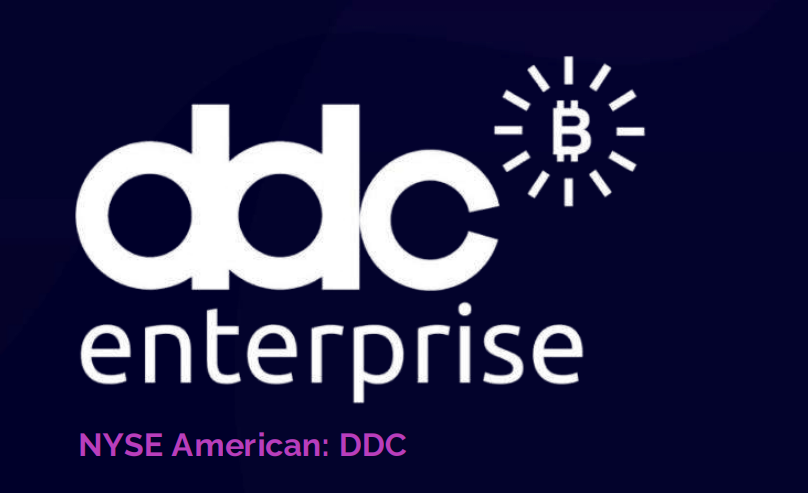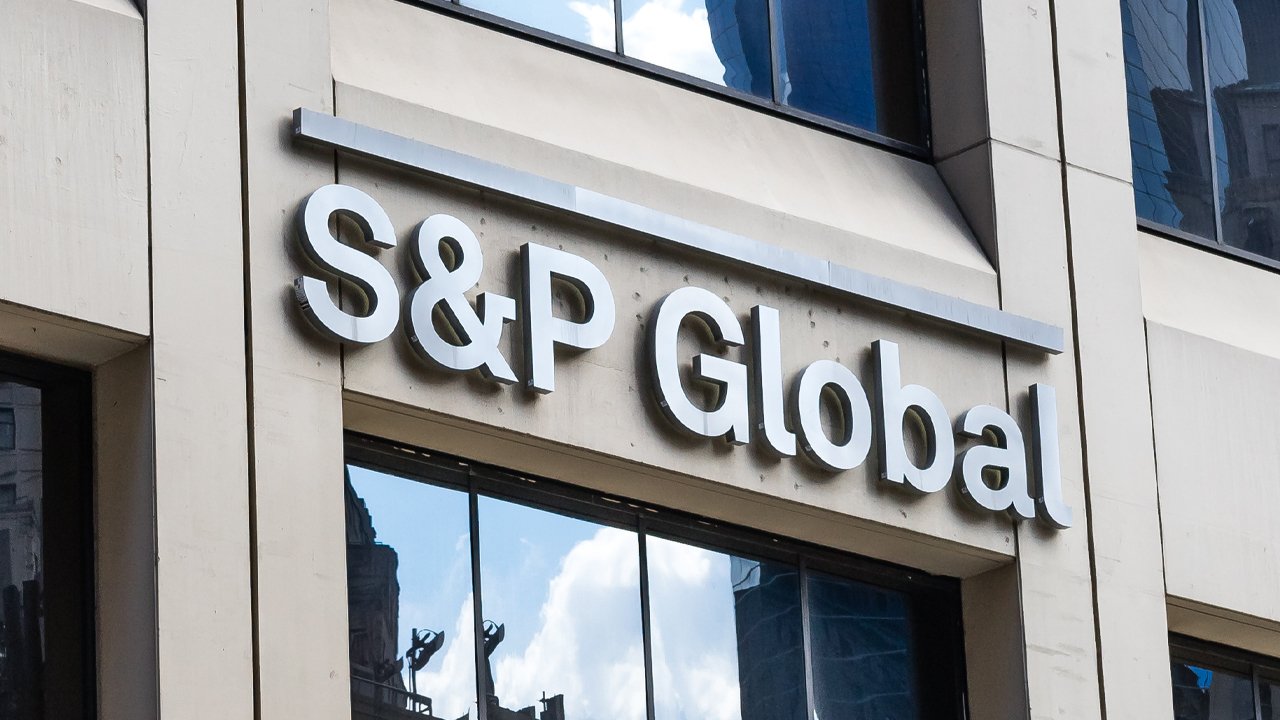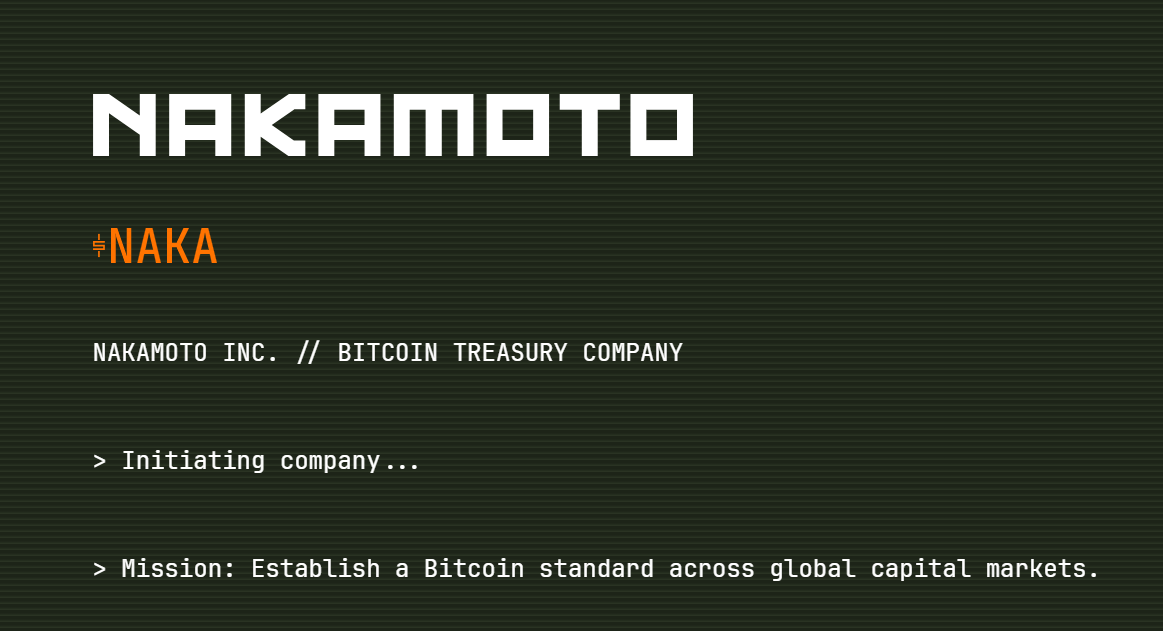August is in the books, and that means another monthly update from public bitcoin miners. Last month provided more of what we saw in our Q2 updates: bitcoin miners are in limbo, waiting on an increase to hashprice by some combination of bitcoin price appreciation, transaction fee increases, or competition reduction.
Nearly five months after the Halving, these public bitcoin miners are locked in a game of attrition where the only option is to deploy more hashrate, often financed by their issuing new shares or withering away at corporate treasuries.
We’ve got six charts that contextualize how public bitcoin miners are doing (nearly) five months after the Fourth Bitcoin Halving.
Public bitcoin miners gradually add hashrate in August 2024
As bitcoin mining rewards have diminished in the aftermath of April’s Halving, hashrate expansion is the only recourse public miners have to shore up that lost mining revenue. Nearly every public miner added hashrate in August, but some were more proactive than others. Most of the hashrate that came online was the result of next-generation ASIC miners like the S21 and M60 series that these public miners purchased in 2023.

In the chart above, Iren stands out among its peers with a massive 52% increase to its self-mining hashrate over August. As we will touch on later, this has big implications for Iren’s fleet efficiency, which is now the lowest of the bunch.
Taking a broader look at total hashrate under management, we can see the Halving’s impact on hosting and cloud mining contracts. From July to August, Core Scientific’s hosted hashrate fell 6% from 5.2 EH/s to 4.9 EH/s, Bitdeer’s hosted hashrate fell 35% from 12.6 EH/s to 8.2 EH/s, and Bitdeer’s cloud hashrate fell 27% from 1.1 EH/s to 0.8 EH/s. Hut 8 was the only miner in our update which did not see a reduction in hosted hashrate over the month.
In the chart below, we also included an implied average hashrate line for each public miner’s self-mining fleet. This metric denotes the average self-mining hashrate for each company according to their reported hashrate, reported bitcoin mined, and average BTC hashprice for the month.

Public bitcoin miners are selling bitcoin like they are in a bear market
In the 2020-2021 bull market, a public bitcoin miner that sold their mined bitcoin was something of a pariah, a trend that came back to haunt bitcoin miners as they sold treasure troves of coins in 2022’s bear market.
They’ve learned their lesson, it seems. Every bitcoin miner but Riot and Marathon (and CleanSpark, too, since their selling last month was negligible) sold bitcoin in August. Many sold close-to or as-much as they mined. (It’s worth noting that Terawulf and Iren have always made it a point to sell their production). The only miner to mine more in August than they did in July was Iren given its massive hashrate expansion over the month.

As miners sell more coins, that means they have fewer sats to add to their balance sheets (which is either a good thing or a bad thing depending on how you square it). Still, every miner but two added BTC to their treasury in July, with Marathon adding the most thanks to its $100 million bitcoin purchase in July (this addition was only included in its August update).

As public bitcoin miners deploy new ASICs, efficiencies improve
Most public bitcoin miners are finally reporting power costs and fleet efficiencies in monthly updates. Now, their power costs are unlikely to change much month-over-month, and we should take these numbers somewhat with a grain since they are only direct costs and are self-reported. But the efficiency numbers, on the other hand, can change significantly from month-to-month and give us a glimpse into how effective these miners are at replacing older ASICs with newer models. (Riot, Hut 8, Bit Digital, Bitdeer, and Cipher did not provide efficiency updates, so we relied on Q2 numbers for these miners; additionally, we did not include Iren or Marathon in this chart as they did not provide energy costs).

As we mentioned earlier, Iren is the clear standout in this update. Their fleet efficiency improved from 24.3 J/TH to 18 J/TH over the month, a herculean upgrade of 26%. This gives Iren the greatest fleet efficiency of any public miner operating today.
Public bitcoin miner AI and HPC, demand response updates
In a bid to draw investor eyeballs, some miners have started tabulating revenue from AI/HPC endeavors and reporting power credits from demand response.
Iren and Bit Digital were the only AI-focused public bitcoin miners to include their August revenue for these business lines, clocking in at $1.3m and $4.3m, respectively.
For demand response and curtailment services, August afforded miners more opportunities to take part in these programs than July. Per usual, Riot raked in more power credits than its peers, but Iren, Terawulf, and Cipher also earned power credits during July and/or August. These credits do not equate to direct revenue, but they allow the miner to lower future power costs by applying the credit to their bills.





